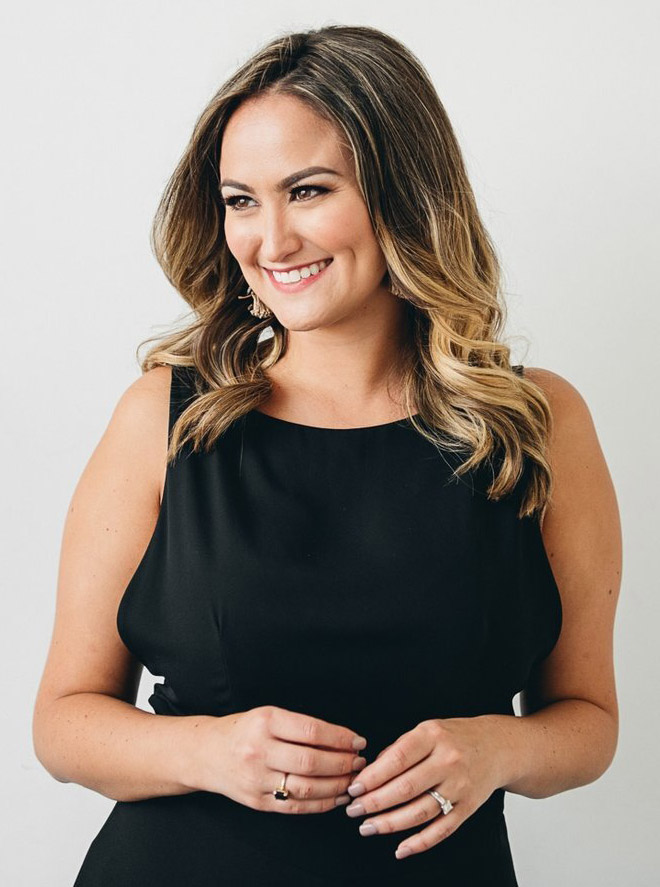Hello to Canada’s SaaS Community,
Once you’ve achieved the first inklings of product-market fit (whether confirmed by Sean Ellis or some other measurement), it’s time to start expanding. This stage – from Seed to Series B or C – is Kyle Poyar’s sweet spot. Speaking with SAAS NORTH ahead of his conference talk, the consultant-turned-venture capitalist at OpenView Venture Partners shared four ways to guide your startup through the “expansion stage.”
Key takeaways:
- Product-market fit is a continual process; you need to identify if you can expand within that market or if you need to seek adjacent growth opportunities.
- Price is a huge growth lever that needs attention as you plan to expand.
- Your go-to-market mix needs to be listed out and prioritized for how your organization functions and the type of buyer experience your customers want.
It seems like a dam is starting to break… customers really like your product.
Everyone is excited and ready to charge ahead, growing revenue and expanding the team. But Kyle Poyar, an Operating Partner at OpenView Venture Partners and previously a founder who sold his startup, has a word of caution to share.
Speaking with SAAS NORTH ahead of his conference talk, Kyle shared more about the four ways to build your startup through the “Expansion Stage” — that is, the journey from Seed to Series B or C funding.
1. Validate that you can expand your product-market fit
The first phase of startup growth is figuring out if you have product-market fit; it’s not quite a simple binary, but it’s close. Thankfully, there are multiple ways to measure product-market fit.
Then you need to figure out if you can expand within that market or if you need to seek it elsewhere.
Kyle measures the ability to expand within your market using three metrics: consistency, value, and opportunity size.
When talking to customers, the first key is to listen to their language—how consistent is one customer to the next when talking about the challenges they face? Or the reason they bought your product? When there are similarities across the board, it hints that you’ve struck a nerve in the market. Second comes how valuable the solution is to a customer and whether it’s hitting a real pain point for them versus simply providing convenience.
If the first two signals are aligned, the next question is how much market opportunity exists where there is product-market fit? Put another way—can you expand to a lot more people just like your customers?
“You might have product-market fit today with a really small audience of potential customers,” said Kyle. “Over time, you're often looking at ‘How do we expand the surface area of product-market fit to other customer types, other industry verticals, other geographies perhaps?’”
2. Figure out if you’re charging enough
A big part of product-market fit is pricing—the concept is that your product needs to be valuable enough that people are willing to pay more for it, either now or in time with additional updates. That additional revenue is what will allow you to continue investing in future go-to-market strategies.
Pricing is a touchy subject, but you can begin to assess product-market-price-fit (PMPF) in three different ways:
1. Customer conversations: When talking to customers, ask how someone would react if you significantly raised or even doubled your prices. Sometimes people will balk and say they would cancel. Others might complain but say they’d still need to keep it and would rather cut something else. Ideally, you want the latter. But if you get the former, dig into why—it could unlock significant insights for future product development.
2. Sales pitch signals: If you never lose a deal because of price or no one questions price when it’s brought up in a sales conversation, chances are you’re underpricing.
“You should be losing 10% to 20%, maybe even more of your deals over price before you've realized you're at the ceiling for what's a healthy value and price relationship,” said Kyle.
3. Major product updates: If you’re investing in your product and delivering more value but haven’t touched pricing in 6-12 months, that’s a signal you need to reassess. This is especially true if you’ve also iterated on your ideal customer and the problem you’re solving is more crucial to them than previous customers.
“In the early stages, founders really don't want anything to get in the way of their product being adopted,” said Kyle. “But over time, they've made those improvements… and selling to a customer that finds more value in the product unlocks that opportunity to capture more value that you're creating.”
3. Identify if product-led growth is your top priority
While nearly every startup can benefit from product-led growth, the real question is what priority should it be for your organization.
If you want to become a product-led growth organization, Kyle said you need to have a product that’s entirely self-serviceable; a customer needs to be able to sign up, try it out, and find real value without needing help from a sales rep or customer support.
Typically, this applies more strongly to products that work for individuals or small teams, rather than whole organizations or executives of large departments. For example, a platform like Salesforce may not be a candidate for product-led growth because its primary value is when the whole team uses it so analytics are comprehensive. Shopify or Calendly, on the other hand, could leverage product-led growth since a single user can get value as soon as they sign up—adding team members or accessing cross-organization analytics are value-adds rather than primary value drivers.
But whether you fit those product buckets or not, Kyle said founders should ask themselves whether customers truly want a PLG-style user experience. If your user isn’t particularly tech-savvy, for instance, a self-serve platform may not efficiently capture the market opportunity.
“It's weighing product-led growth investments relative to other potential routes to market and areas where you can achieve your business goals,” said Kyle.
4. Find your go-to-market mix
Every successful startup has a slightly different approach to go-to-market (GTM) planning that’s based on customer needs, available resources, and market conditions.
For startups in the expansion stage, that will usually mean a mix of outbound sales, account-based marketing, partnerships, affiliates or resellers, marketplaces, and product-led growth. These strategies are not mutually exclusive, said Kyle, and can compound on one another. For example, a community-focused marketing strategy will typically work better in a product-led growth company, since it’s hard for community members to talk about using the product if everyone has a completely unique instance.
“The key is connecting multiple opportunities over time,” said Kyle. “Some of the best companies are often doing many of these things in the same business. And so it's sort of fitting all the puzzle pieces together and sequencing the right then the right way.”
The perfect product is built for a real person
Startups need a valuable product to win against incumbents. But more importantly, said Kyle, founders can’t over-focus on product at the expense of go-to-market.
It’s not just that a company can’t grow if it’s not selling, but a company can’t build a great product without a real person in mind. Being in the market and talking to real potential customers helps to inform the next steps in your product—or it can lead to a pivot that unlocks immense growth potential.
“If you don't know who you're building the product for, you can never build a perfect product,” said Kyle. “And if you haven't nailed a target customer, you actually can't really build a go-to-market strategy because you don't know who you're trying to sell your product to. The number one thing to nail as founders is thinking about distribution.”








